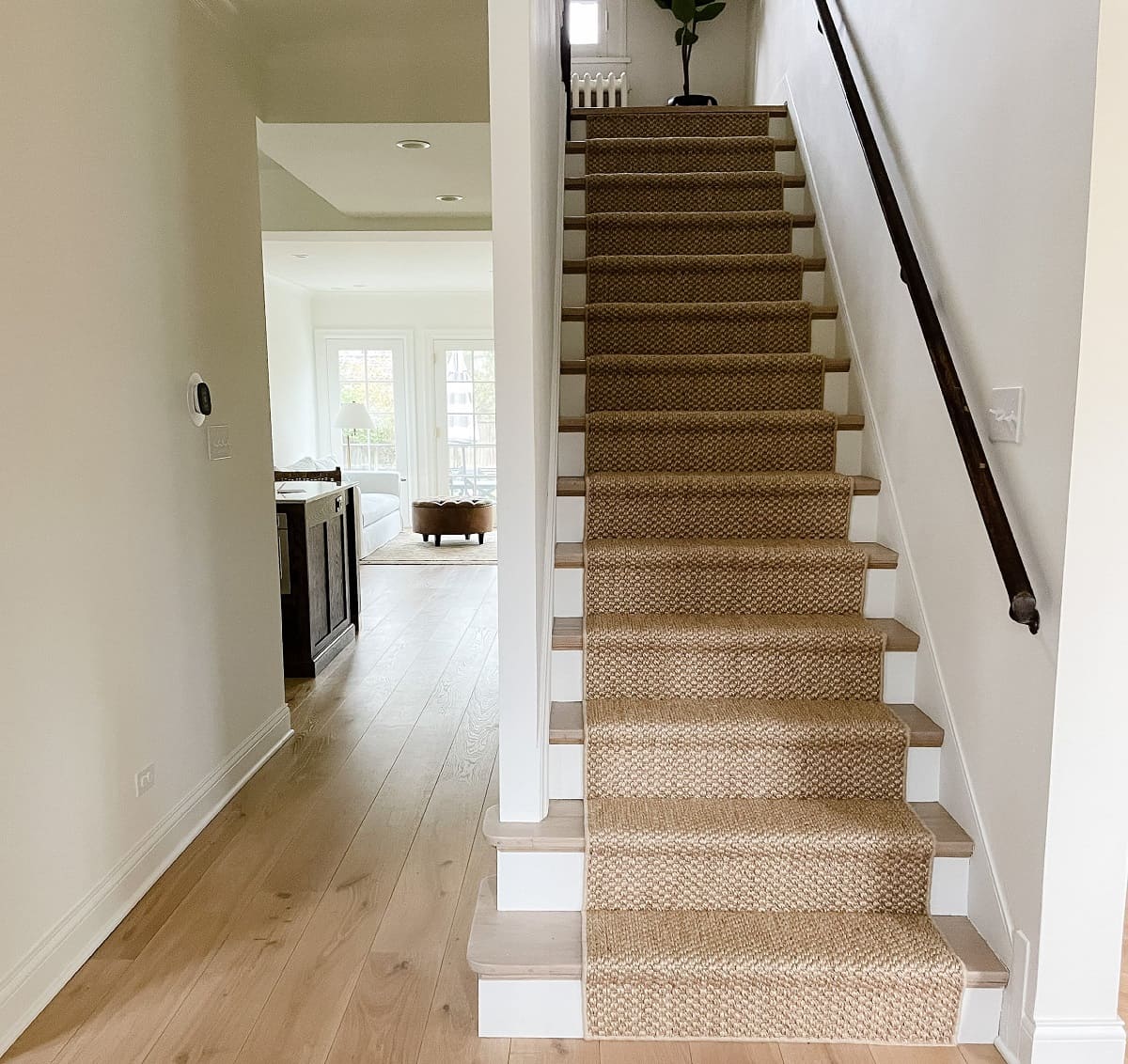

Articles
How Much Carpet Do I Need For 13 Stairs
Modified: August 21, 2024
Find out how to calculate the right amount of carpet needed for a 13-step staircase in this informative article. Save time and money with our step-by-step guide!
(Many of the links in this article redirect to a specific reviewed product. Your purchase of these products through affiliate links helps to generate commission for Storables.com, at no extra cost. Learn more)
Introduction
Purpose of the article-
Importance of calculating carpet quantity accurately for stairs
When it comes to renovating or designing a home, one area that often gets overlooked is the stairs. However, the stairs play a crucial role in the overall aesthetics and functionality of a home. One essential aspect of stair design is the choice and installation of carpeting. Installing carpet on stairs provides numerous benefits such as added comfort, improved safety, and reduced noise levels. But to ensure a successful and seamless installation, it is vital to calculate the carpet quantity accurately.
Estimating the amount of carpet required for stairs is not as straightforward as measuring a flat surface. Stairs have unique dimensions, with varying lengths and widths for each individual step. Failing to determine the correct amount of carpet can result in waste, additional expenses, or the inconvenience of running out of carpet mid-installation.
Therefore, in this article, we will delve into the importance of calculating the carpet quantity accurately for stairs. By understanding the significance of this process, you can ensure a smooth and efficient stair carpet installation, without any unexpected surprises along the way.
One primary reason for calculating the carpet quantity accurately for stairs is to avoid wasting material. Carpet can be quite expensive, so purchasing more than necessary can lead to unnecessary expenses. Conversely, purchasing less carpet could result in an incomplete installation or the need to purchase additional material, which may not perfectly match the initial purchase. By accurately calculating the required amount of carpet, you can manage your budget effectively and minimize wastage.
Another crucial reason for accurate carpet quantity calculation is to ensure a visually appealing installation. When carpeting stairs, you want a seamless and consistent appearance throughout the stairwell. If the carpet runs out before completing the last few steps, the overall look can be compromised. On the other hand, having excessive amounts of carpet can result in unsightly folds, bulges, or excessive trimming to fit the stairs. Therefore, precise calculations play a key role in achieving an aesthetically pleasing result.
In addition to visual appeal, accurate carpet quantity calculation is essential for safety reasons. Properly measured and fitted carpet provides secure footing on the stairs, reducing the risk of slips and falls. Ill-fitting or unbonded carpet can create tripping hazards and compromise the stability of each step. Therefore, by ensuring accurate carpet quantity, you can contribute to the overall safety of your home.
Ultimately, calculating the carpet quantity accurately for stairs is crucial for a successful installation. It allows you to manage your budget, achieve a visually appealing result, and ensure the safety of those using the stairs. In the following sections, we will explore the process of understanding stair measurements, calculating total carpet length, determining carpet width, and accounting for wastage. By the end of this article, you will have a clear understanding of how to accurately estimate the amount of carpet needed for your stairs.
Key Takeaways:
- Accurate measurements and calculations are crucial for purchasing the right amount of carpet for stairs, ensuring budget management, visual appeal, and safety.
- Understanding stair dimensions, calculating total carpet length, determining carpet width, and factoring in wastage are key steps in accurately estimating carpet quantity for stairs.
Read more: How Much Carpet Runner For 13 Stairs
Understanding Stair Measurements
Explanation of stair tread and riser dimensions–
Determining the length and width of each stair
Before diving into the process of calculating the carpet quantity for stairs, it is crucial to understand the measurements associated with stair construction. Two key components of stairs are the tread and riser. The tread is the horizontal surface of each step that you step on, while the riser is the vertical height between each step. These dimensions play a significant role in determining the amount of carpet required for each stair.
The first step in understanding stair measurements is to measure the length. This refers to the horizontal distance from the front edge of the tread to the back edge of the same tread. To measure the length accurately, use a tape measure or ruler to determine the distance between these two points.
Next, you need to measure the width of each stair. The width refers to the distance between the two side walls or handrails of the staircase. If there are no side walls or handrails, measure the distance between any existing walls. It is essential to measure the width at the widest point of the tread to ensure that the carpet will cover the entire surface.
When measuring the dimensions of each stair, remember to account for any variations or irregularities. Stairs are not always perfectly uniform, especially in older homes or properties with custom designs. Take note of any variations in length or width between steps to ensure accurate calculations.
Additionally, consider the style of the stairs. Some staircases have open risers, meaning there is space between each step. In this case, measure the length and width of the tread, but exclude the space between the treads. If your stairs have a nosing, which is a protruding edge, remember to include it in the overall measurements.
By understanding the measurements associated with stairs, you will be better equipped to calculate the carpet quantity accurately. The length and width of each stair are essential factors to consider in the estimation process. In the next section, we will explore how to calculate the total carpet length required for all stairs.
Calculating Total Carpet Length
Measurement method for each stair-
Summing up the lengths of all stairs-
Considering any landing areas
Now that you have a clear understanding of the dimensions associated with each stair, it’s time to calculate the total length of carpet required for all the stairs. To do this, you will need to measure each individual stair and then sum up their lengths.
Begin by measuring the length of the first stair, using the method mentioned earlier. Measure from the front edge of the tread to the back edge, ensuring that you are measuring the longest possible length of each stair. Write down this measurement for reference.
Repeat the same process for the remaining stairs, measuring the length of each step. Take note of each measurement as you go along. If there are any variations in length between stairs, make sure to record those as well.
Once you have measured all the stairs, it’s time to sum up their lengths. Add together the measurements of each individual stair, including any variations or irregularities you noted during the measurement process. This will give you the total length of carpet needed to cover all the stairs in your staircase.
In addition to the individual stair lengths, you should also consider any landing areas that may be present in your staircase. A landing is a platform or flat area between flights of stairs, typically used for resting or changing directions. If your staircase has one or more landings, measure their length as well and add it to the total length of carpet required.
By accurately measuring each stair and considering any landing areas, you can calculate the total length of carpet needed for your stairs. This measurement is crucial for purchasing the right amount of carpet and ensuring a seamless installation. In the next section, we will explore how to determine the appropriate carpet width for your stairs.
Determining Carpet Width
Choosing an appropriate carpet roll width–
Calculating the number of carpet widths required
Now that you have calculated the total length of carpet required for your stairs, the next step is to determine the appropriate carpet width. The width of the carpet roll you choose will depend on the dimensions of your stairs and the available options in the market.
When selecting a carpet roll, consider its width in relation to the width of your stairs. Ideally, the carpet roll should be wide enough to cover the entire width of each step without leaving any exposed areas. If the width of the carpet roll is insufficient, you may need to use multiple widths of carpet to cover each step.
Measure the width of your stairs and then compare it to the available carpet roll widths. Common carpet roll widths include 12 feet (3.66 meters) and 15 feet (4.57 meters), but there may be other options available as well. Choose a carpet width that is equal to or greater than the width of your stairs to ensure proper coverage.
Once you have determined the carpet width, you will need to calculate the number of carpet widths required to cover all the stairs. To do this, divide the total width of your stairs by the chosen carpet width. If the result is a whole number, it means you can use a single width of carpet for each step. If the result is a decimal, round up to the nearest whole number to ensure complete coverage.
For example, if the width of your stairs is 4.5 feet and you have chosen a carpet roll width of 12 feet, divide 4.5 by 12. The result is 0.375, which when rounded up to the nearest whole number becomes 1. This means you would need one width of carpet to cover each step.
By determining the appropriate carpet width and calculating the number of carpet widths required, you can ensure that each step is adequately covered without any exposed areas. This step is crucial in ensuring a visually appealing and well-fitted carpet installation. In the next section, we will discuss the importance of accounting for wastage when calculating carpet quantity for stairs.
Measure the width and depth of each stair, then multiply the width by the depth to get the square footage of each stair. Add up the square footage of all 13 stairs to determine how much carpet you need. Consider adding a little extra for cutting and fitting.
Accounting for Wastage
Factoring in extra carpet for installation and trimming-
Recommended wastage percentage for stairs
When calculating the carpet quantity for stairs, it is important to account for wastage. Wastage refers to the additional amount of carpet required for various reasons, such as installation, trimming, and potential mistakes during the process. Failing to consider wastage can lead to insufficient carpet coverage or the need to purchase additional carpet to complete the installation. Therefore, it is crucial to factor in wastage when calculating the carpet quantity for stairs.
One aspect to consider is the installation process itself. Carpet installation requires stretching and securing the carpet onto the stairs properly. This process often requires more carpet than the actual dimensions of the stairs, as the carpet needs to be pulled tightly and folded over the edges of each step. Additionally, any mistakes or adjustments made during installation may result in wasted carpet. It is recommended to allocate extra carpet to account for these installation requirements.
Furthermore, trimming is another factor that contributes to wastage. To ensure a neat and precise fit, the carpet may need to be trimmed along the edges or around any nosing or protrusions. Trimming helps to achieve a clean and professional look, but it also leads to some amount of wasted carpet. It is essential to account for this when calculating the required carpet quantity.
The recommended wastage percentage for stairs can vary depending on factors such as the carpet type, installation method, and the expertise of the installer. As a general guideline, it is advisable to allocate an additional 10% to 15% of carpet for wastage when covering stairs. This range allows for sufficient extra carpet to account for installation and trimming requirements, minimizing the risk of running out of carpet or compromising the quality of the installation.
By factoring in wastage, you can ensure that you have enough carpet to complete the installation without any unexpected shortages or compromises in quality. Allocating a recommended percentage for wastage provides a buffer to account for any unexpected circumstances or errors that may occur during the process. In the next section, we will provide an example calculation to demonstrate how all these factors come together to determine the carpet quantity for stairs.
Read more: How Much To Carpet Stairs
Example Calculation
Step-by-step calculation of carpet quantity for 13 stairs-
Including measurements, widths, and wastage
Let’s walk through an example calculation to illustrate how to determine the carpet quantity needed for a set of stairs. In this scenario, we will be calculating the carpet quantity for a staircase with 13 stairs. We will include the measurements of each stair, the chosen carpet width, and account for the recommended wastage percentage.
First, measure the length and width of each stair. For this example, let’s assume that the average length of each stair is 36 inches (3 feet) and the width is 24 inches (2 feet). Record these measurements for reference.
Next, choose a carpet width that will adequately cover the stairs. In this case, we will select a carpet roll width of 12 feet (144 inches). This width is wide enough to cover the 24-inch width of each stair without leaving any exposed areas.
To calculate the total length of carpet needed, multiply the length of each stair by the number of stairs. In this example, the average length of each stair is 36 inches, and there are 13 stairs. The total length of carpet required is (36 inches x 13 stairs) = 468 inches or 39 feet.
Now, let’s factor in the wastage percentage. Based on the recommended range of 10% to 15%, we will assume a wastage percentage of 12%. To account for wastage, multiply the total length of carpet required by the wastage percentage. In this example, 39 feet x 12% = 4.68 feet.
Add the wastage amount to the total length of carpet required to get the final quantity. In this case, the total length of carpet required is 39 feet + 4.68 feet = 43.68 feet. Rounding up to the nearest whole number, we would need approximately 44 feet of carpet to cover the stairs.
Lastly, calculate the number of carpet widths needed. Since we chose a carpet roll width of 12 feet, divide the total width of stairs (2 feet x 13 stairs = 26 feet) by the carpet roll width. The result is 26 feet / 12 feet = 2.17. Round up to the nearest whole number, and we would need 3 widths of carpet to cover the stairs.
By following this example calculation, we have determined that approximately 44 feet of carpet, with a width of 12 feet, and 3 widths of carpet will be required to cover a set of 13 stairs. This calculation takes into account the measurements, chosen carpet width, and the recommended wastage percentage.
Remember, this is just an example, and actual measurements and requirements may vary for your specific staircase. It is important to measure each stair carefully, choose the appropriate carpet width, and factor in the appropriate wastage percentage for an accurate calculation.
By accurately calculating the carpet quantity for your stairs, you can ensure a seamless installation with no shortages or compromise in quality. Taking the time to go through this calculation process will help you make an informed decision when purchasing the carpet and ensure a successful outcome for your staircase renovation or design project.
Conclusion
Recap of important points-
Importance of accurate measurements and calculations-
Final thoughts on purchasing the right amount of carpet for stairs
Calculating the carpet quantity accurately for stairs is a critical step in ensuring a successful and visually appealing installation. In this article, we explored the importance of this process and provided a comprehensive guide on how to calculate the required amount of carpet for your stairs. Let’s recap the essential points discussed.
Accurate measurements of stair dimensions, including the length and width of each step, form the foundation of the calculation process. Understanding the specific measurements of your stairs allows for precise estimation of the carpet quantity required.
Calculating the total carpet length involves measuring each stair individually and summing up their lengths. It is essential to factor in any landing areas, as they contribute to the overall length of carpet needed.
Determining the appropriate carpet width entails choosing a width that can cover the full width of each stair. Calculating the number of carpet widths required ensures complete coverage with minimal wastage.
Accounting for wastage is a crucial step in the calculation process. Allocating an additional percentage of carpet allows for installation and trimming, ensuring a visually appealing result and minimizing the risk of running out of carpet.
In conclusion, accurate measurements and calculations play a vital role in purchasing the right amount of carpet for stairs. By calculating the carpet quantity accurately, you can manage your budget effectively, achieve a visually appealing installation, and ensure the safety of those using the stairs.
When purchasing carpet for your stairs, take the time to measure each stair carefully and consider all the necessary factors, such as the carpet width and recommended wastage percentage. It is always advisable to consult with professionals or seek guidance from experienced individuals to ensure accuracy in your calculations.
Remember, each staircase is unique, and the measurements and requirements may vary. By investing time and effort into accurate measurements and calculations, you can make an informed decision when purchasing the carpet, and ultimately achieve a beautiful and functional result for your stairs.
Frequently Asked Questions about How Much Carpet Do I Need For 13 Stairs
Was this page helpful?
At Storables.com, we guarantee accurate and reliable information. Our content, validated by Expert Board Contributors, is crafted following stringent Editorial Policies. We're committed to providing you with well-researched, expert-backed insights for all your informational needs.
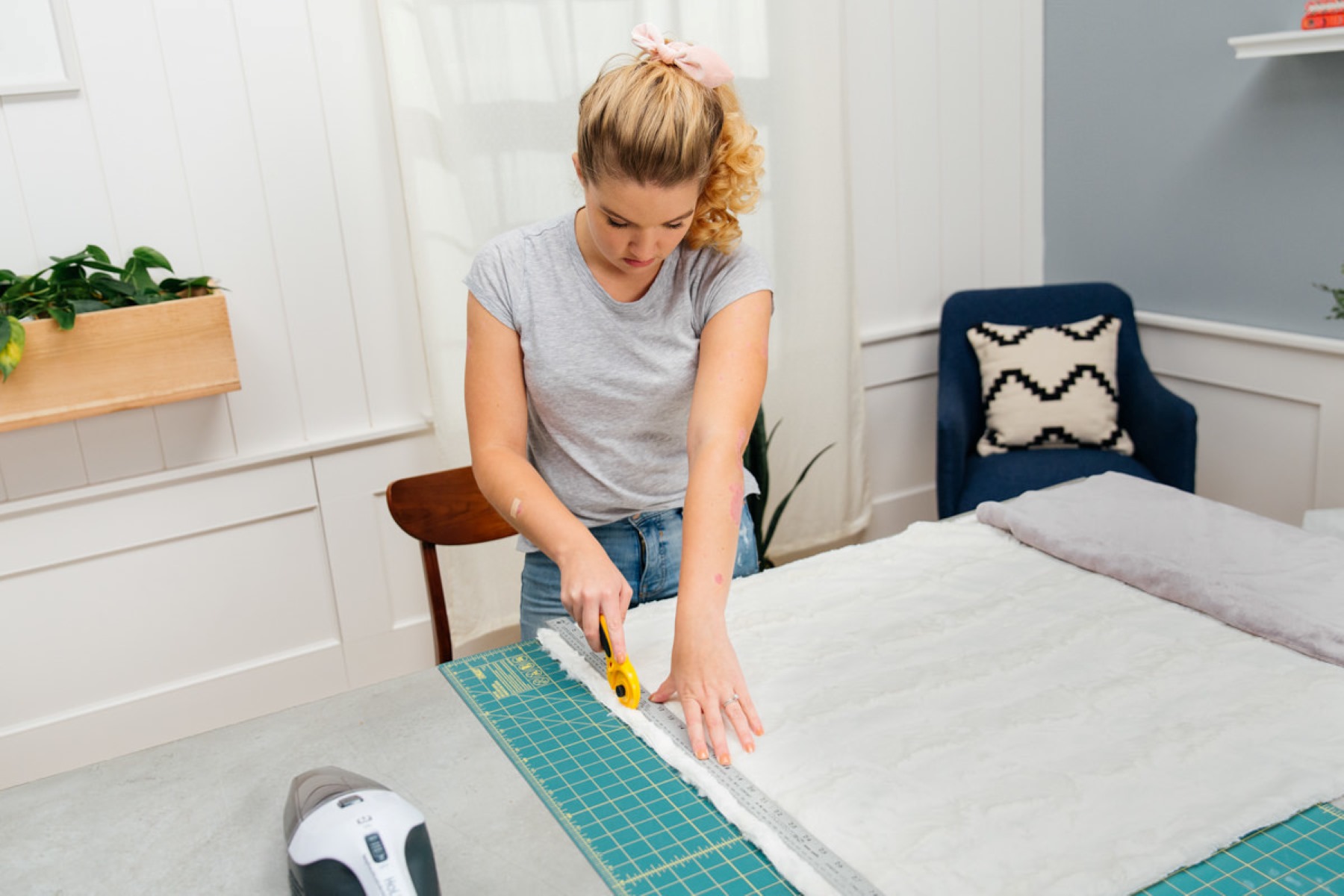
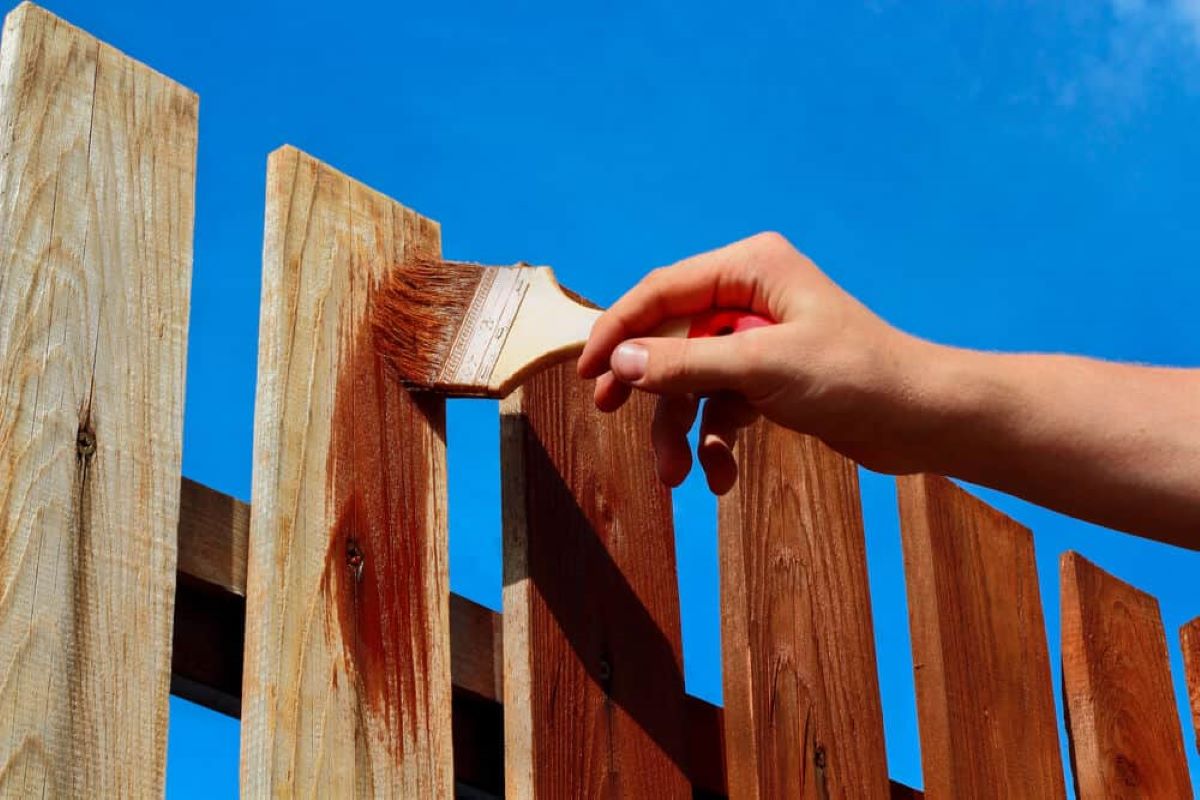
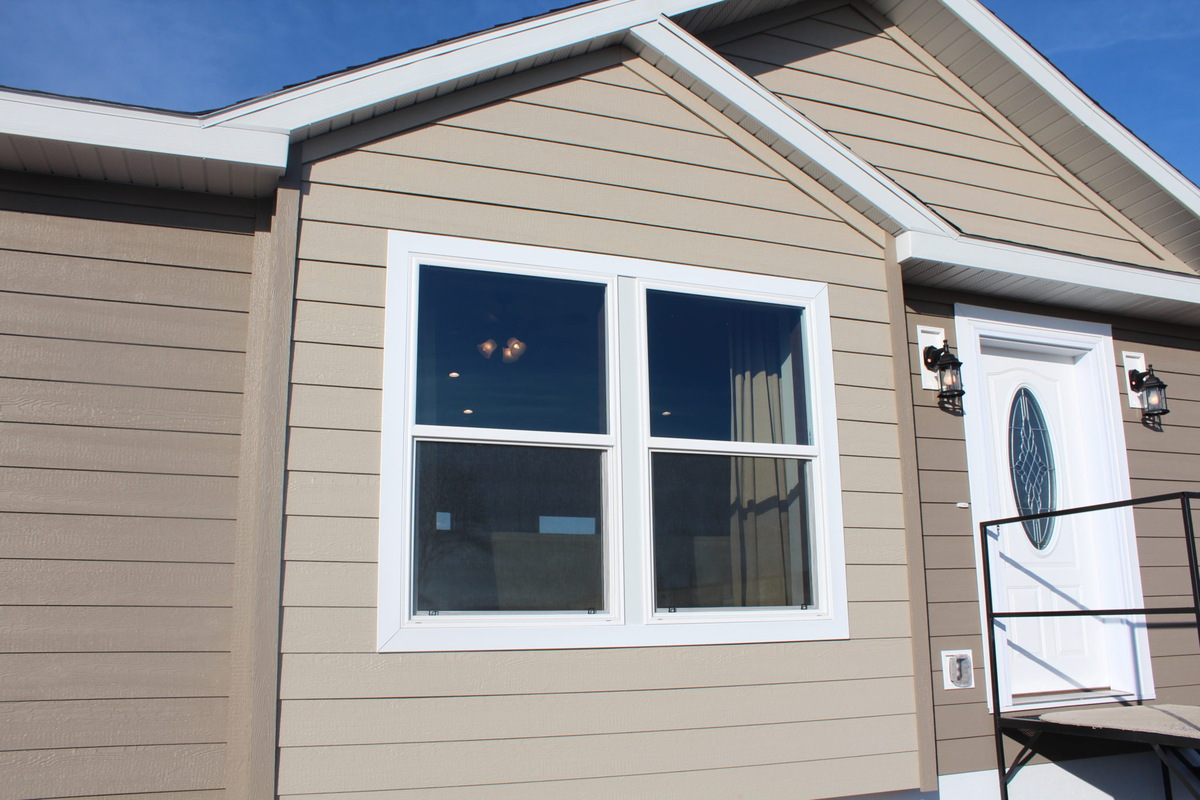


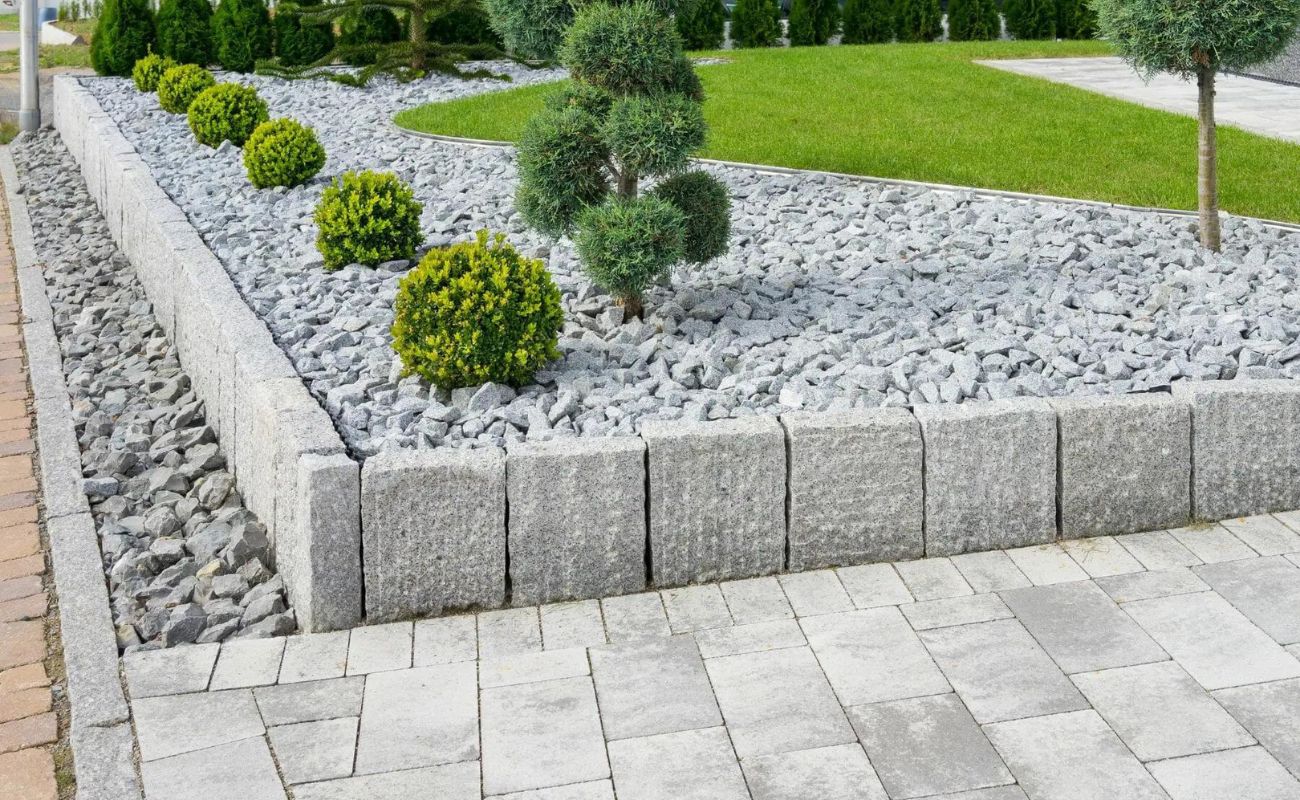

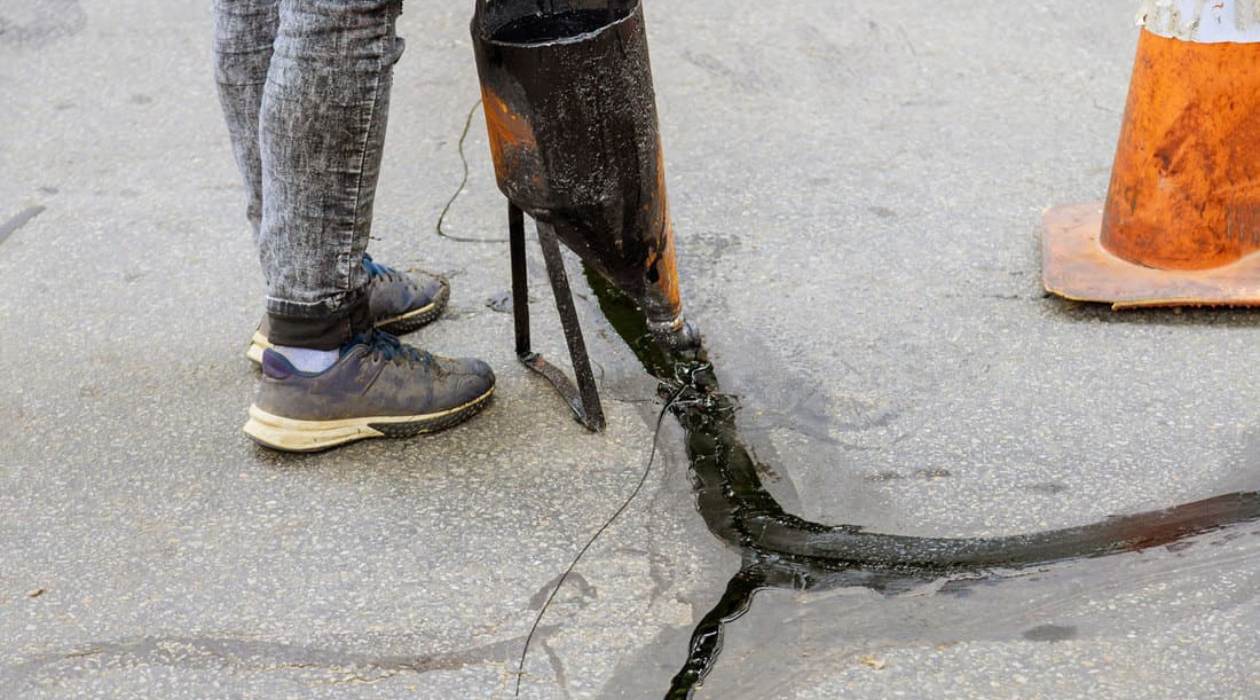


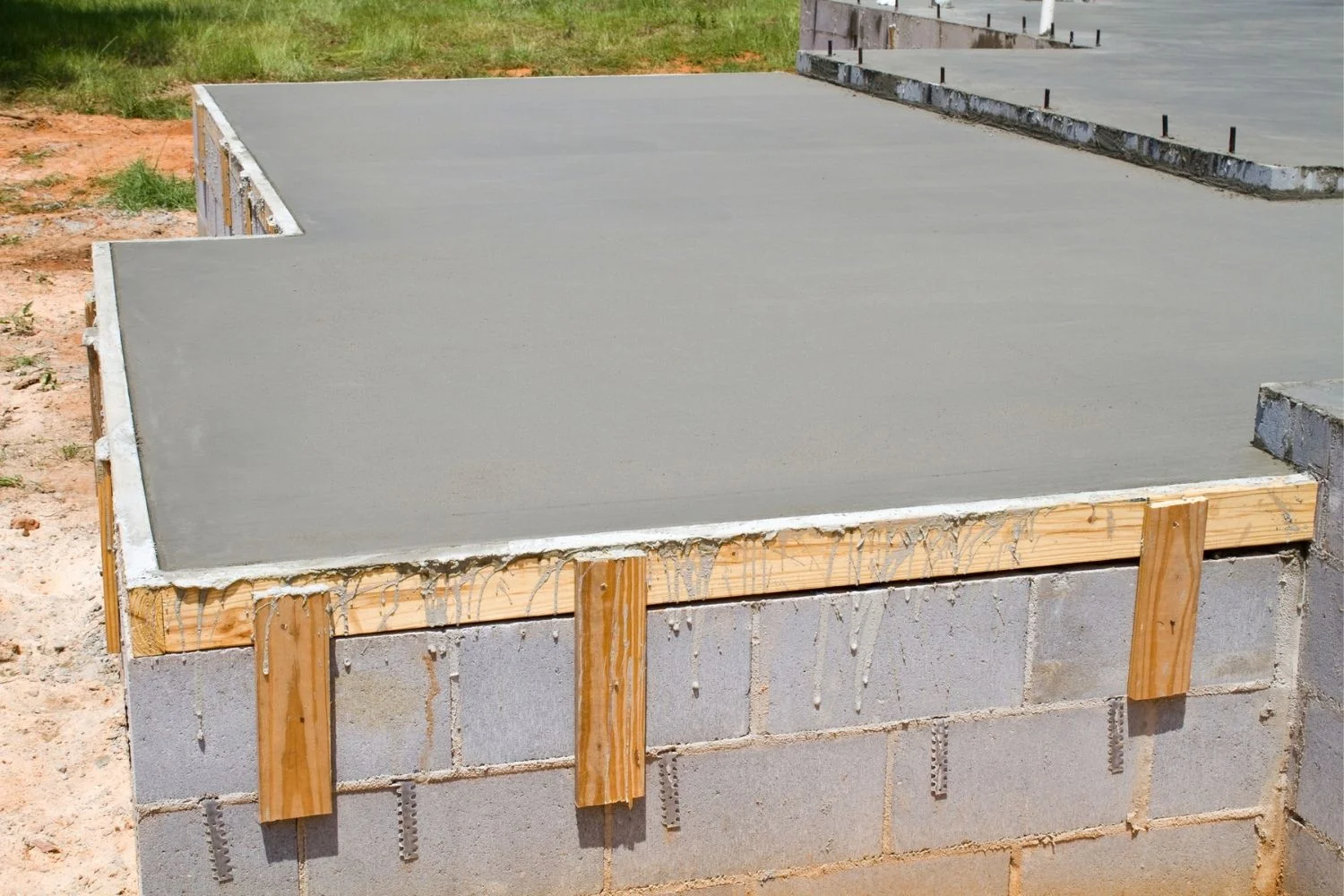
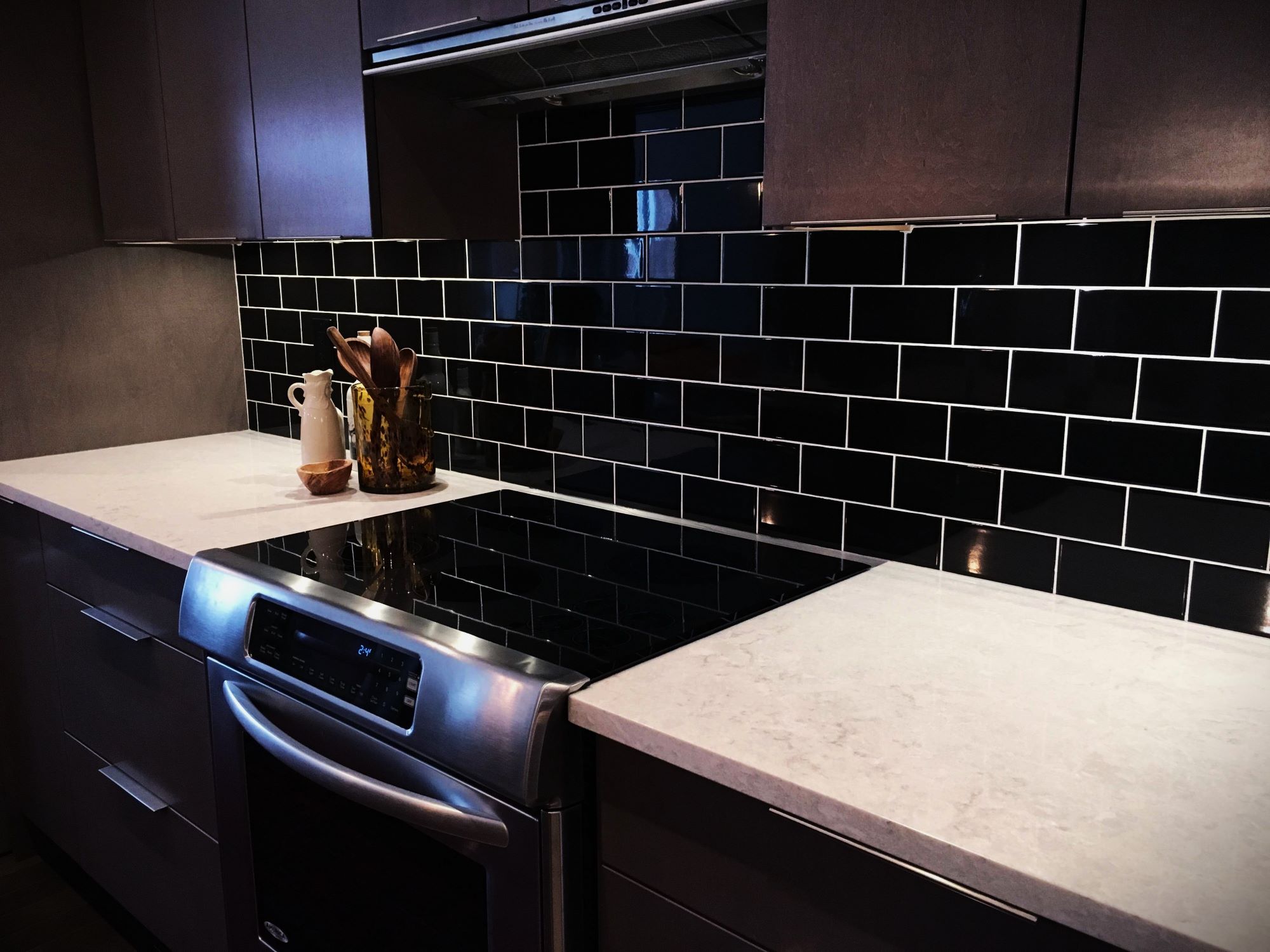
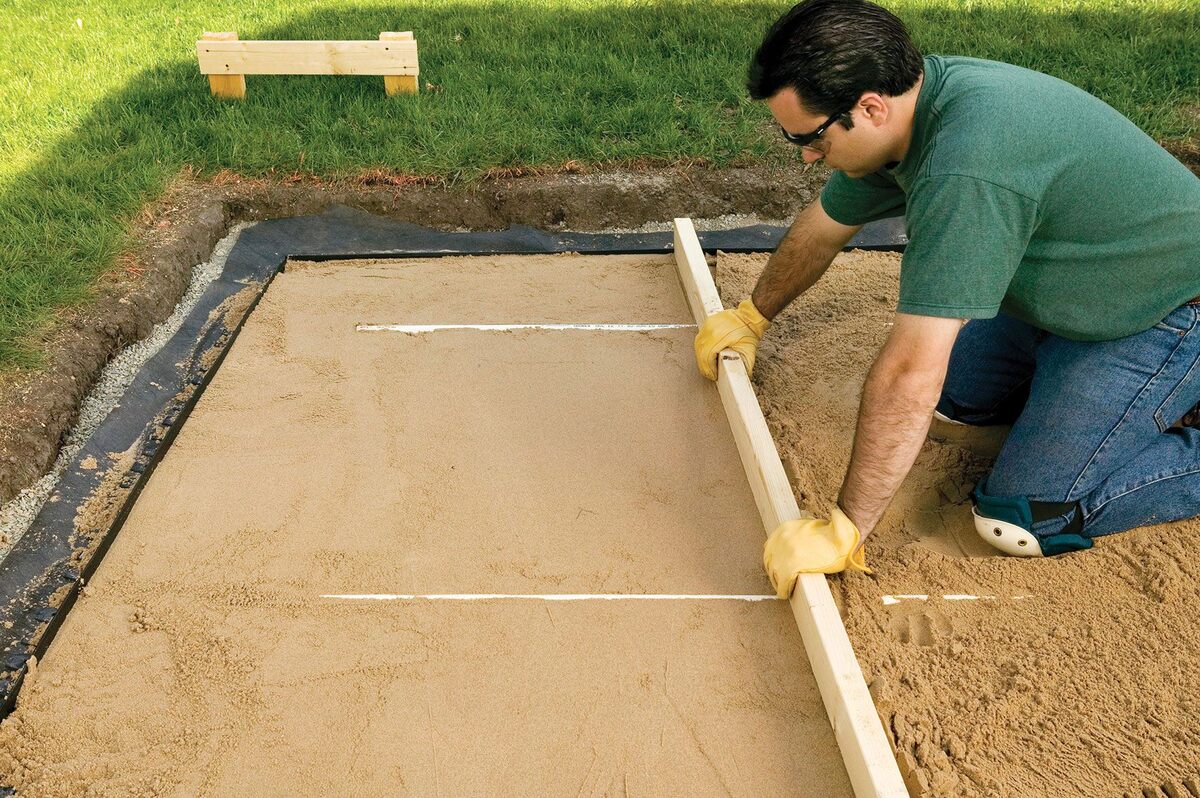
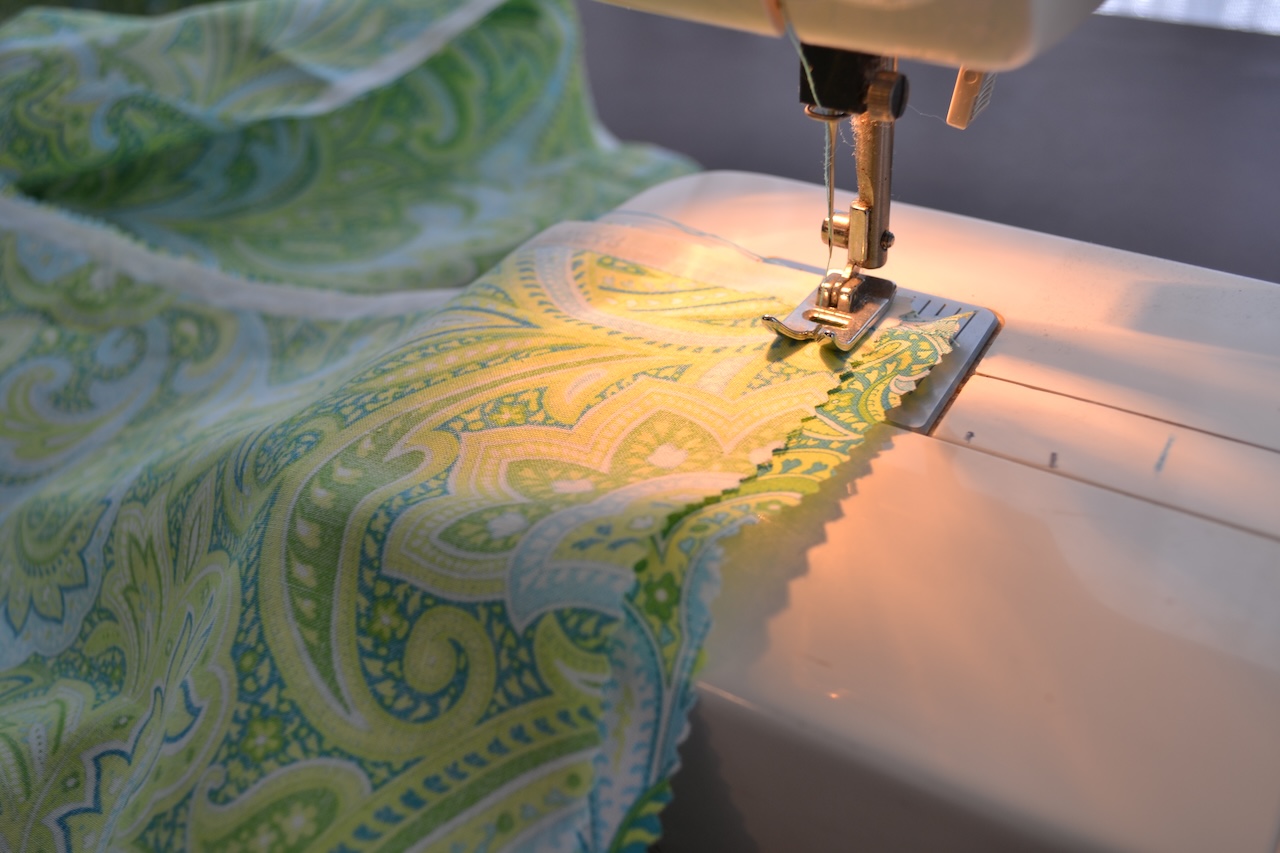

0 thoughts on “How Much Carpet Do I Need For 13 Stairs”